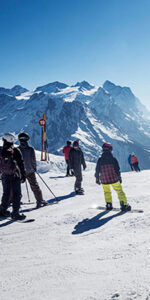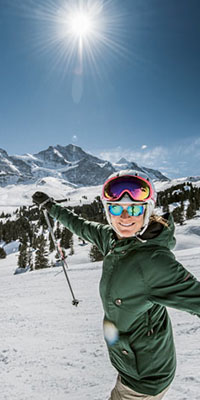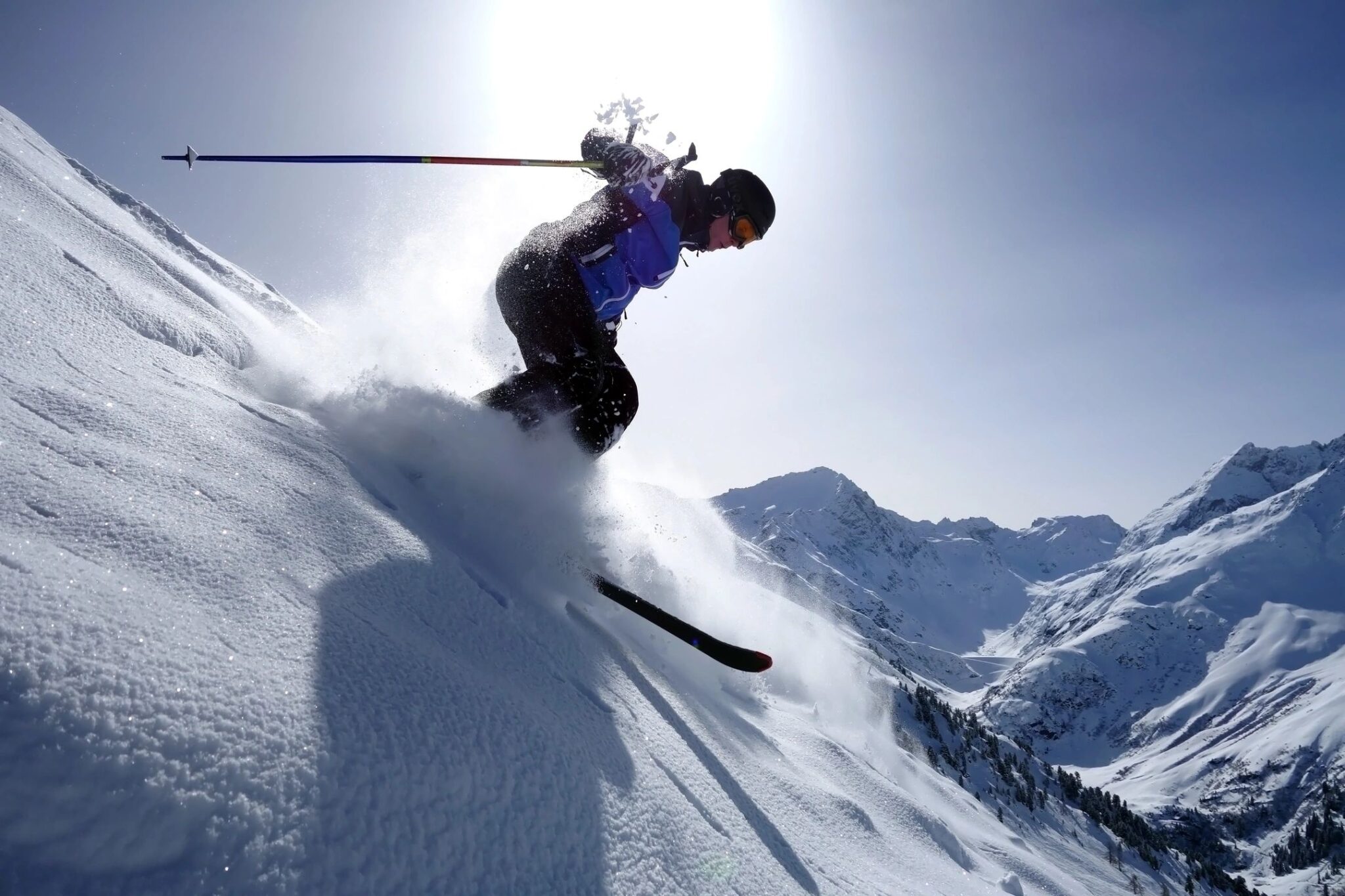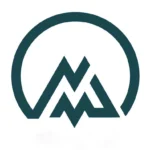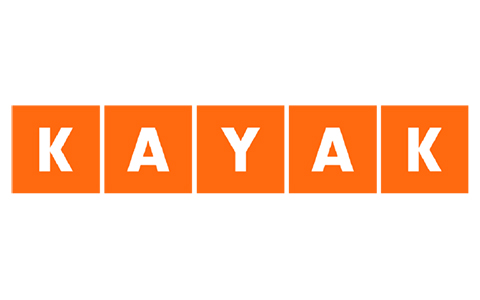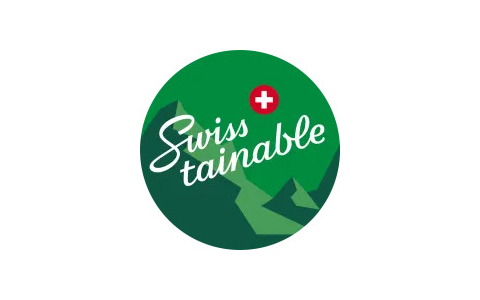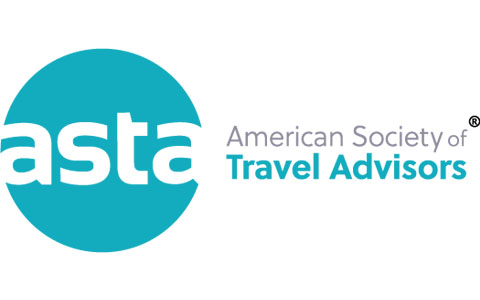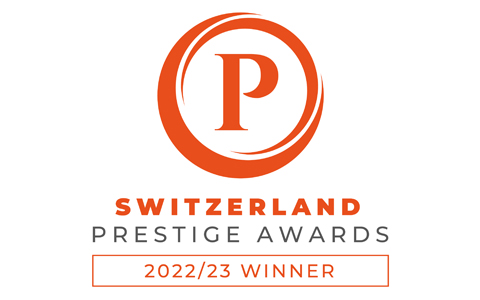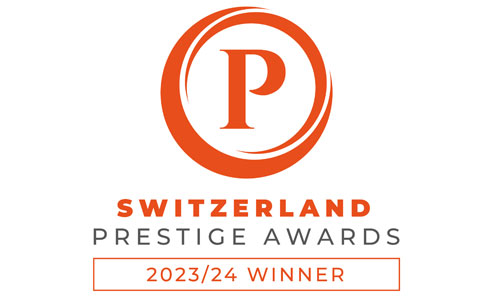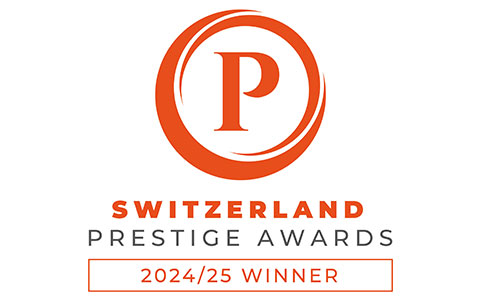Ski Levels: From Total Beginners to Slope Masters
How many ski levels are there? Which one do I belong to?
If you are a skier, you may have asked these questions before.
Most of the time, people will say something like “I am a beginner” or “I”m intermediate.” However, words like beginner or intermediate are subjective, use obscure scales, and aren’t really helpful in assessing general ski levels.
Here, we clarify for you how the best ski schools and English-speaking ski instructors are able to identify what ski level you belong to.
Let’s have a look.
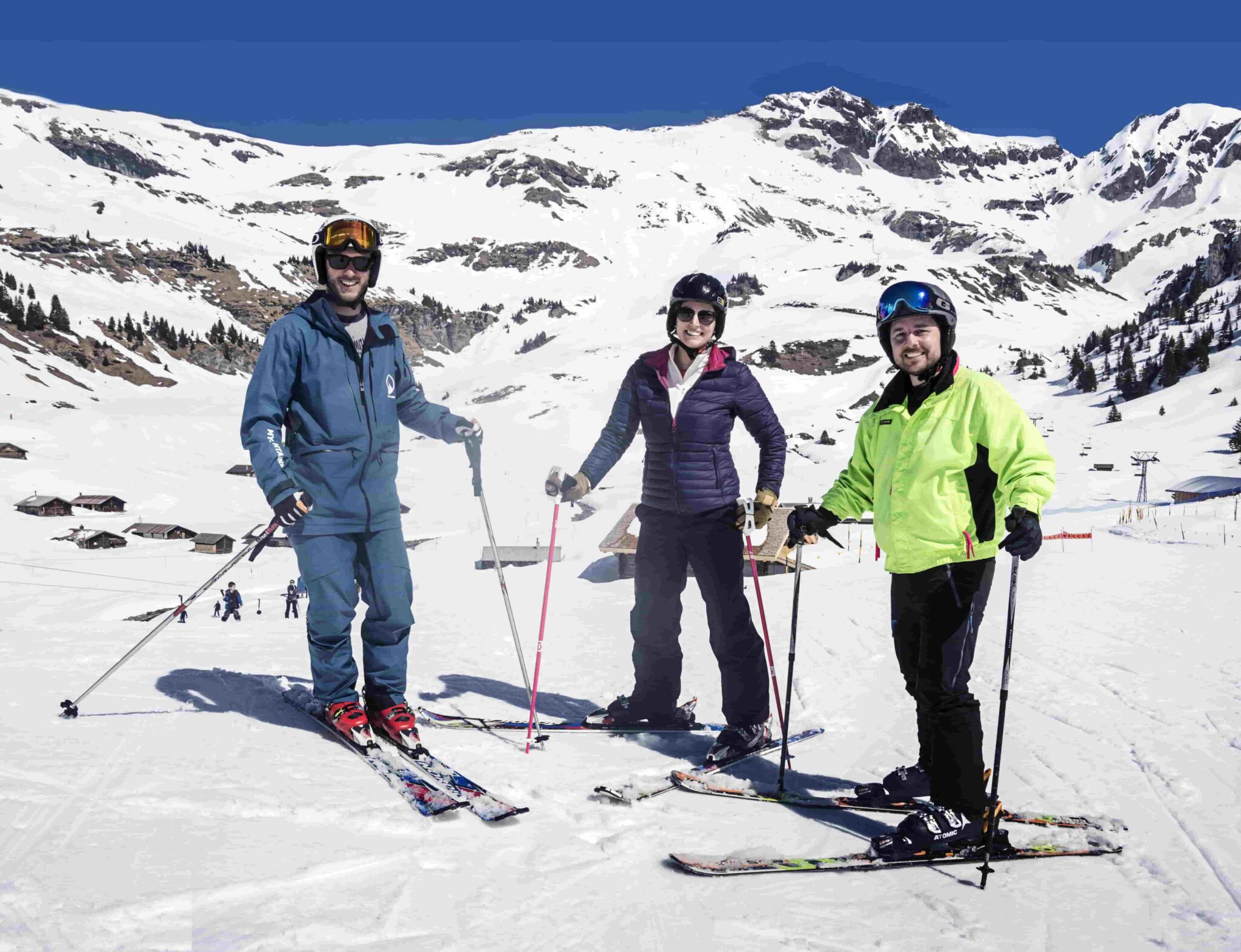
Why learning about your ski levels?
You may be just curious, and that’s good. It’s important to learn where you are standing and what you can do to move up on the scale.
You may be a confident skier already, and you’re interested in polishing your skiing skills and taking a group lesson. In this case, you may want to know how ski schools categorize ski levels. Despite spending most of their holiday skiing, many people have yet to learn how to define their skill level. Therefore, before you step on the skies and join the class, take a look at this quick and easy categorization of standard ski levels.
Let’s get started.
“If you’re not falling, you’re not learning”
Understanding ski levels through skill mastering
SKI LEVEL 1 – First-time skier
Ability
It’s the lowest of the ski levels: basically, you have never tried to ski before. You need to figure out what to wear, which equipment you need, how the balancing of the body works, etc.
Objective
You’ll familiarise yourself and learn how to use the ski equipment, stop, slide, and make slight direction changes.
Our best tips
- Never try skiing with your partner or friends. This is the most common mistake. Here’s a simple question: How do people learn how to drive a vehicle? Exactly! Skiing is the same; let the experts show you how to ski. It is the best way to avoid injuring yourself and others.
- Try first. It takes, on average, 17 minutes for people to understand whether they like skiing. That’s why it is crucial to start in the right way, with the right people.
- Be prepared. Check out our article: What must you know for your first ski lesson?
- Book a Private Ski Instructor. It is the most efficient way to start skiing. The objective is to show you how to use the equipment correctly, stop, slide, and make slight direction changes. If you are on a budget invite your friends to join your private lessons, alternatively, most ski schools offer group lessons.
SKI LEVEL 2 – Beginner
Ability
You have tried before; you can stop safely and change direction on “bunny” green or very easy blue slopes.
Objective
You’ll improve your turning and stopping skills and how to keep your skies more in a parallel position on blue slopes.
Our best tips
- Do not listen to your friends or partners. Again, they will try to convince you to follow them. They will tell you something like “It’s easy” or “I will help you.” Even though they know what it’s like to learn skiing, they are not you. Don’t let yourself be traumatized by a mismatched teaching approach.
- Practice what you learned on slopes you know or your ski instructor told you it’s okay for your level.
- You can take a Beginner Ski Course if you want to improve further. We also call it “From Bunny Lift to Blue Slopes.” The idea is to bring you outside the Bunny Lifts. The course aims to make snowplow turns on blue slopes and improve your skills in turning and stopping. Besides, you’ll also become familiar with bringing skies together in a parallel position.
- Hire a Ski Instructor only when you fell like you are stuck at your level. This will help you safely to challenge yourself and get to the next level.

SKI LEVEL 3 – Intermediate
Ability
You are a master of snowplow, and you would like to attempt to go on red slopes, but your technique doesn’t make you 100% confident.
Objective
You’ll learn to keep your skies more in a parallel position on challenging blue and easy red slopes.
Our best tips
- Do not listen to your friends or partners. Again, they will try to convince you to follow them in areas where you still need to be confident. Safety first.
- Build up confidence. Keep practicing the correct technique on slopes that you know.
- Think of hiring a Private Ski Instructor when you feel like you are stuck. Making new progress is more challenging, and the learning curve is flatter than in the first two levels. It’s normal, and that’s why getting a private ski instructor may help you progress faster, safer, and, of course, with the proper technique. If the budget is a problem and you cannot share a private ski instructor with your friends or partner, you can also opt for group ski lessons: “From Blue to Red slopes.” Private and Group lessons have the same objective: to learn how to keep your skies more parallel on difficult blue and red slopes.
SKI LEVEL 4 – Advanced Intermediate
Ability
You can ski with parallel skis almost all the time on easy red slopes.
Objective
To improve your turning and stopping skills with parallel skies on challenging red slopes.
Our best tips
- Avoid automating wrong movements. You are a decent skier, and you go skiing often. Be careful not to repeat the same errors and mistakes repeatedly: they will be hard to fix later on.
- Go skiing with people at your level. This way, you’ll enjoy the day without feeling “behind.” If you cannot avoid it, go within your limits.
- Work on your angle. Working on pushing your skills forward is crucial now. There are many ways to learn how to use your angle efficiently. Feel free to join one of our Group Ski Courses: “Red Master .”We will teach you how to turn and stop with parallel skies on challenging red slopes.
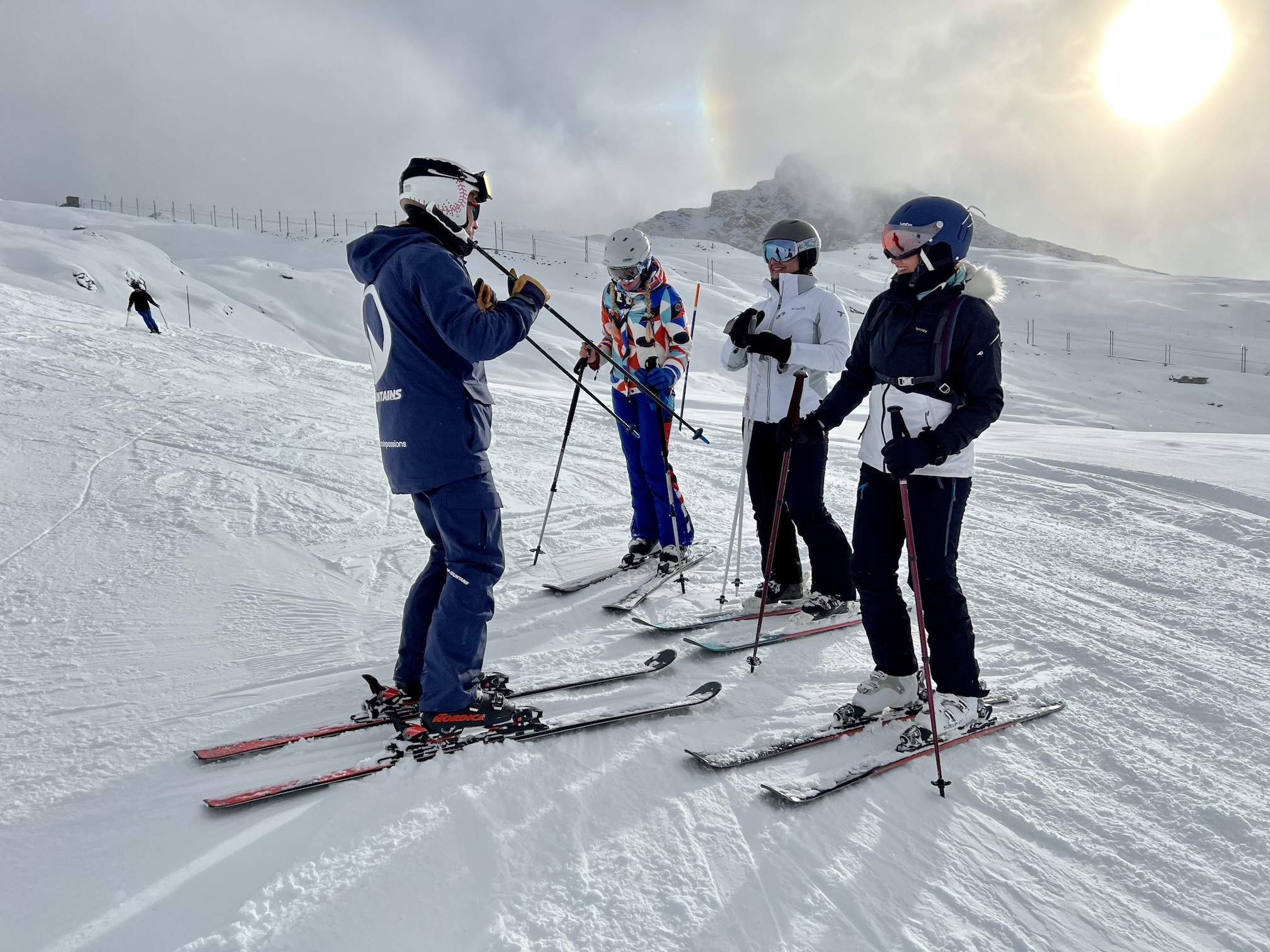
SKI LEVEL 5 – Expert
Ability
You’re already on one of the highest ski levels. You ski confidently with parallel skiing on red slopes and would like to attempt to go on black slopes.
Objective
You’ll learn how to efficiently carve and various ski tactics (type of turns and radius) on red and black slopes.
Our best tips
- Train your muscles. To push forward your skiing skills now, you also need good legs. At this point, you ski at a relatively high speed, so it’s crucial to have good muscle tone.
- Don’t teach others. You are familiar with the concept that “being able to do something doesn’t mean you can teach others.” Let the experts do what they are trained for.
- Train for multiple consecutive days. In this way, you can progress more efficiently than going skiing infrequently. Think of joining one of our ski camps.
- Choose wisely your Ski Instructor or Coach. You are a good skier; therefore, you want a competent Ski Instructor with experience and tons of knowledge. Make sure you get the right Ski Instructor or Coach before wasting money and time.
SKI LEVEL 6 – Advanced Expert
Ability
You ski frequently and confidently manage the speed on red and black slopes.
Objective
You’ll apply all your skills on black slopes and learn how to adapt to different terrains efficiently.
Our best tips
- Safety first. You are a good skier and may get slightly overconfident on the slope. Mind your speed, and don’t put yourself or others in danger.
- Maximize your pleasure. Eat well and drink water regularly to keep your body performing well.
- Try moguls. It’s a fun way to test your skills. Take a friend along with you, test your leg muscles, and have a laugh. You can also join our Group Course, “Black Master,” to learn tricks to push your skiing skills.
SKI LEVEL 7 – Pro
Ability
It’s the highest of ski levels: you frequently ski on and off-piste and on all terrains.
Objectives
You’ll learn how to master your techniques and develop a plan with your Ski Instructor or Coach to improve further. Also, you may focus on different areas such as race training, moguls, freeride techniques, freestyle, etc.
Our best tips
- Focus on what you love. By now, you know what you like; focus on that and make sure your skiing technique matches your style.
- Freedom. Forget the small technique details. Now, you have your own technique and style. Make sure all your development is around that.
- Inspire others. You love skiing; it’s time to infect others with your passion. You can also join one of our Freeride Camps to meet like-minded people.
Ski levels: a few last words
After we have checked all the ski levels, we hope you’ll be more familiar with determining your ski level knowledge and ways to improve your skiing skills.
By now, you understand that the best way to learn or improve your skiing skills is with a professional and qualified ski instructor. This fact is crucial for everyone who will first try skiing.
Not only it’s safer, but they are specifically trained and qualified to teach.
Private ski lessons are usually the highway to success. Meaning you reach your objectives faster. However, group ski lessons can be a more enjoyable way to share laughs with others and a healthy way to socialize.
Aside from this, being familiar with the terrain is another thing to consider. It’s especially true for ski levels 2 and 3. Your ski instructor knows all the slopes like the back of their hand and will be able to prevent unplanned or dangerous situations. Suppose you’re unsure about your ski level and skiing knowledge or want to figure out the best way to learn or improve. In that case, we recommend you consult our team. We will help you to clarify what the best options for you are and, in case, customize your training.
In the end, one thing is for sure. There is nothing better than a quality ski day spent discovering new landscapes. Enjoying fresh air and splendid nature and discovering hidden gems always sounds like a good idea, regardless of your and your friends’ ski levels.
Get in touch today with our team or book directly the ski courses that fit your needs.
Check out our latest Articles:
-
Best Time to Ski in Switzerland: The Guide to Powder Perfection18 October 2024/0 Comments
-
-
-
-
-
-
-
St Moritz Ski Packages: Indulge in Luxury4 July 2024/
-
Experience The Swiss Ski Holidays of Your Dreams26 June 2024/
-


